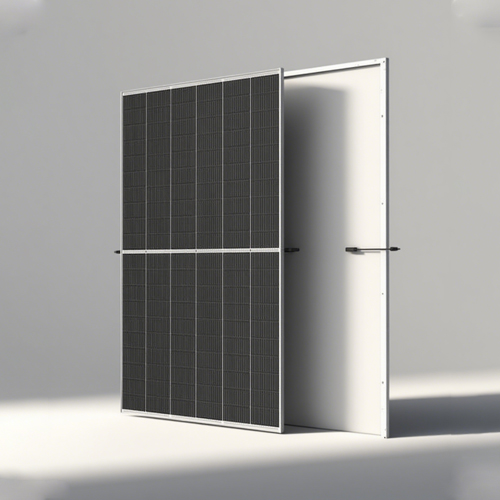Essential details
Shipping:Air freight, Land freight, Ocean freight
Product Introduction
Single-sided solar panel
1. Structure and materials
- Front: Covered with 3.2 mm ultra-white cloth-textured tempered glass, light transmittance > 91%, resistant to ultraviolet radiation.
- Back side: Utilizes TPT/PET backsheet encapsulation, lightweight but with weaker aging resistance.
- Core components: Composed of 36 or 72 monocrystalline silicon solar cells (125×83mm or 125×125mm), arranged in a 4×9 or 6×12 array.
2. Performance Parameters
- Conversion Efficiency: 12%-18.26% (under standard test conditions).
- Power Tolerance: ±3%, capable of stable power generation even in low-light conditions.
- Weather Resistance:
Withstands 2400Pa wind pressure and 5400Pa snow load.
Operating temperature range: -40°C to +85°C.
3. Advantages and Disadvantages Analysis
- Advantages:
Low cost, suitable for residential rooftops and small-scale projects.
Aluminum alloy frames offer strong resistance to mechanical impact. - Risks:
The backsheet is prone to aging, with an estimated lifespan of 20–25 years.
Hotspot effects may cause localized overheating and fire risks (comparable to those of double-sided panels).
4. Typical Application Scenarios
Residential Rooftops: Flat installation, compatible with off-grid systems.
